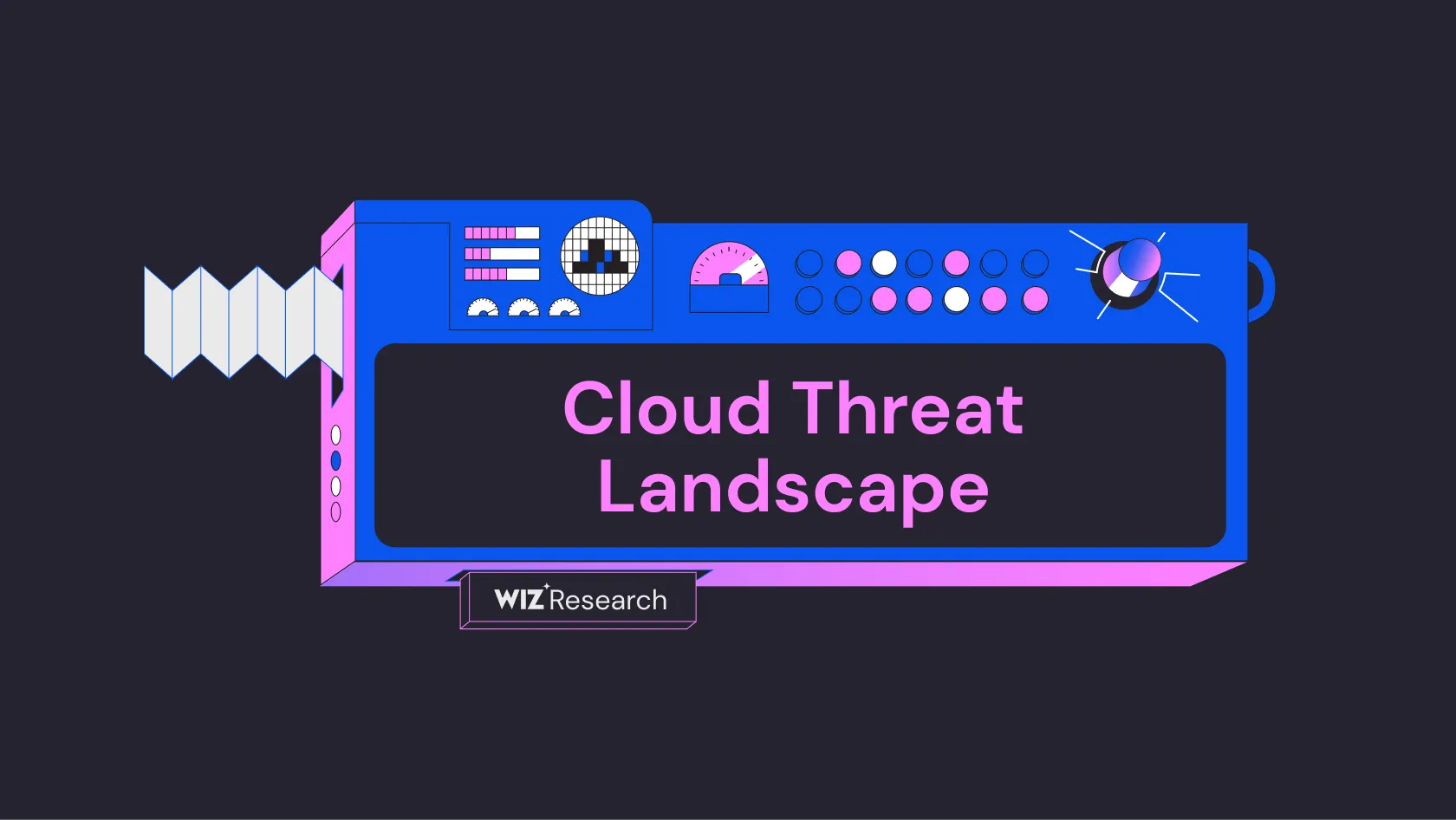
Cloud Vulnerability DB
An open project to list all known cloud vulnerabilities and Cloud Service Provider security issues
CVE-2022-49359 affects the Linux kernel's drm/panfrost driver. The vulnerability was discovered when it was found that a Memory Management Unit (MMU) context could outlive its corresponding panfrostpriv, while the job structure still referenced panfrostpriv to get hold of the MMU context. This created a use-after-free condition that could be triggered, resulting in system instability (Kernel Git).
The vulnerability exists in the panfrost driver's job handling mechanism where the job structure maintained a reference to panfrostpriv instead of directly referencing the MMU structure. When panfrostpriv was freed while the MMU context was still active, it led to a use-after-free condition. The issue was fixed by dropping the reference to panfrost_priv in the job structure and adding a direct reference to the MMU structure. The vulnerability has been assigned a CVSS v3.1 Base Score of 7.8 (HIGH) with vector: CVSS:3.1/AV:L/AC:L/PR:L/UI:N/S:U/C:H/I:H/A:H (NVD).
The vulnerability could lead to system instability and potential privilege escalation due to the use-after-free condition in the kernel's GPU driver. When exploited, it could allow an attacker with local access to cause system crashes or potentially execute arbitrary code with elevated privileges (NVD).
The vulnerability has been patched in the Linux kernel by modifying the panfrost driver to directly reference the MMU structure instead of accessing it through panfrostpriv. Users should update their systems to a patched kernel version. The fix involves changes to multiple files including panfrostdrv.c, panfrostjob.c, and panfrostjob.h (Kernel Git).
Source: This report was generated using AI
Free Vulnerability Assessment
Evaluate your cloud security practices across 9 security domains to benchmark your risk level and identify gaps in your defenses.

An open project to list all known cloud vulnerabilities and Cloud Service Provider security issues

A comprehensive threat intelligence database of cloud security incidents, actors, tools and techniques

A step-by-step framework for modeling and improving SaaS and PaaS tenant isolation
Get a personalized demo
“Best User Experience I have ever seen, provides full visibility to cloud workloads.”
“Wiz provides a single pane of glass to see what is going on in our cloud environments.”
“We know that if Wiz identifies something as critical, it actually is.”